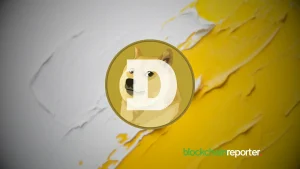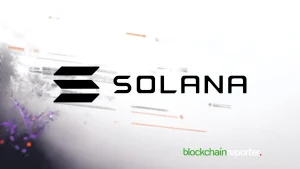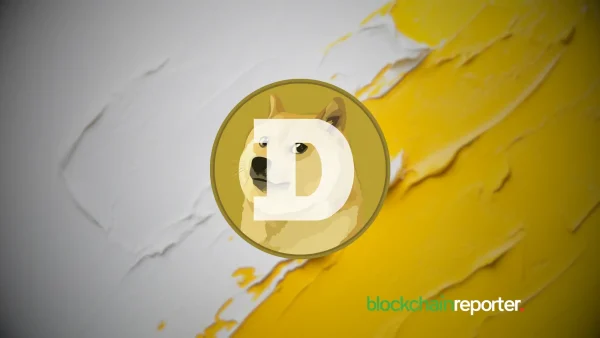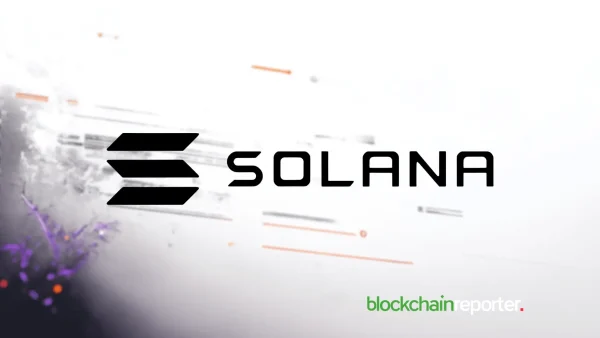
The winds of financial transformation are blowing strongly across Africa, and they carry with them the promise of stablecoins.
As the quest for financial empowerment becomes increasingly critical, the African continent is emerging as a pivotal player in the world of cryptocurrencies. Stablecoins, cryptocurrencies tethered to stable assets, are at the forefront of this evolution, ensuring stability and financial inclusion in a landscape rife with economic fluctuations.
Yellow Card, a major cryptocurrency company with an expansive footprint across 17 African countries, attests to the profound influence of stablecoins. They are not just reshaping how transactions are done, but they’re also setting the stage for a more inclusive digital economy.
Unpacking Africa’s Crypto Boom
Between 2021 and 2022, the African continent witnessed an astonishing 1200% increase in cryptocurrency adoption, as per a report by Emurgo Africa.
But what is driving this massive adoption? John Colson, CMO of Yellow Card, provides some perspective: “In Western countries, the primary allure of cryptocurrencies lies in trading and investments. In contrast, Africans turn to cryptocurrencies as a defense against inflation and a reliable tool for cross-border transactions. The stability that stablecoins offer is particularly appealing.”
The beauty of stablecoins lies in their foundation. Tied to stable assets and enhanced by blockchain technology, they combine the best of traditional and digital currencies. Consider the Solana network, which has optimized the utility of stablecoins by offering lower transaction fees and expedited processing times.
This makes stablecoins not just accessible but also extremely cost-effective. Recognising the potential, Yellow Card has recently incorporated support for USDC on the Solana blockchain.
Peter Mureu, Director of Marketing at Yellow Card, remarks, “Leveraging the Solana network, we aim to amplify the advantages of cryptocurrencies for our African clientele. Solana’s approach, characterized by swift transactions and a commitment to decentralization, is integral to the growth of stablecoin adoption in the region.”
Navigating the Challenges
However, the journey is not devoid of challenges. The regulatory landscape remains a complex maze. Each African nation has its unique set of rules, attempting to nurture innovation while safeguarding financial stability and consumer interests.
Building a resilient and prosperous industry necessitates ongoing dialogues with regulators and government agencies, participation in regulatory sandboxes, and a commitment to knowledge dissemination.
Furthermore, the rapid surge in demand for stablecoins presents scalability issues. The key lies in harnessing robust blockchain networks, like Solana, ensuring they can meet the growing demand while staying efficient.








